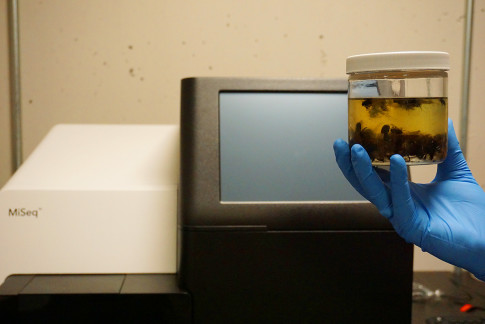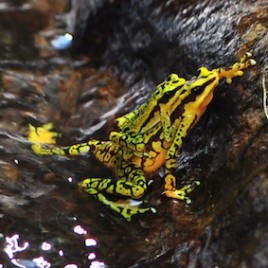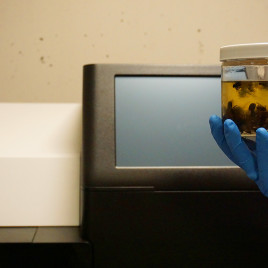
A new method of DNA barcoding can provide an analysis of a single insect in the sample of insects collected in Costa Rica. In the background is the next generation MiSeq sequencer used in the study. (Credit : Mehrad Hajibabaei)
A new DNA barcoding method will save money and time for researchers who wants to assess biodiversity in an ecosystem. The new method allowed researchers to correctly identify 92% of the 1,066 insects and spiders in a single analysis. They also were able to detect microbes associated with the insects and spiders.
Previous methods were labor-intensive and costly as each individual insect or spiders was analyzed individually. This next-generation DNA barcoding approach will be applicable to wide range of ecosystems and can further our understanding of ecology, evolution and biodiversity.
Original research paper published in the Proceedings of the National Academy of Sciences on May 5, 2014.
Names and affiliations of selected authors


